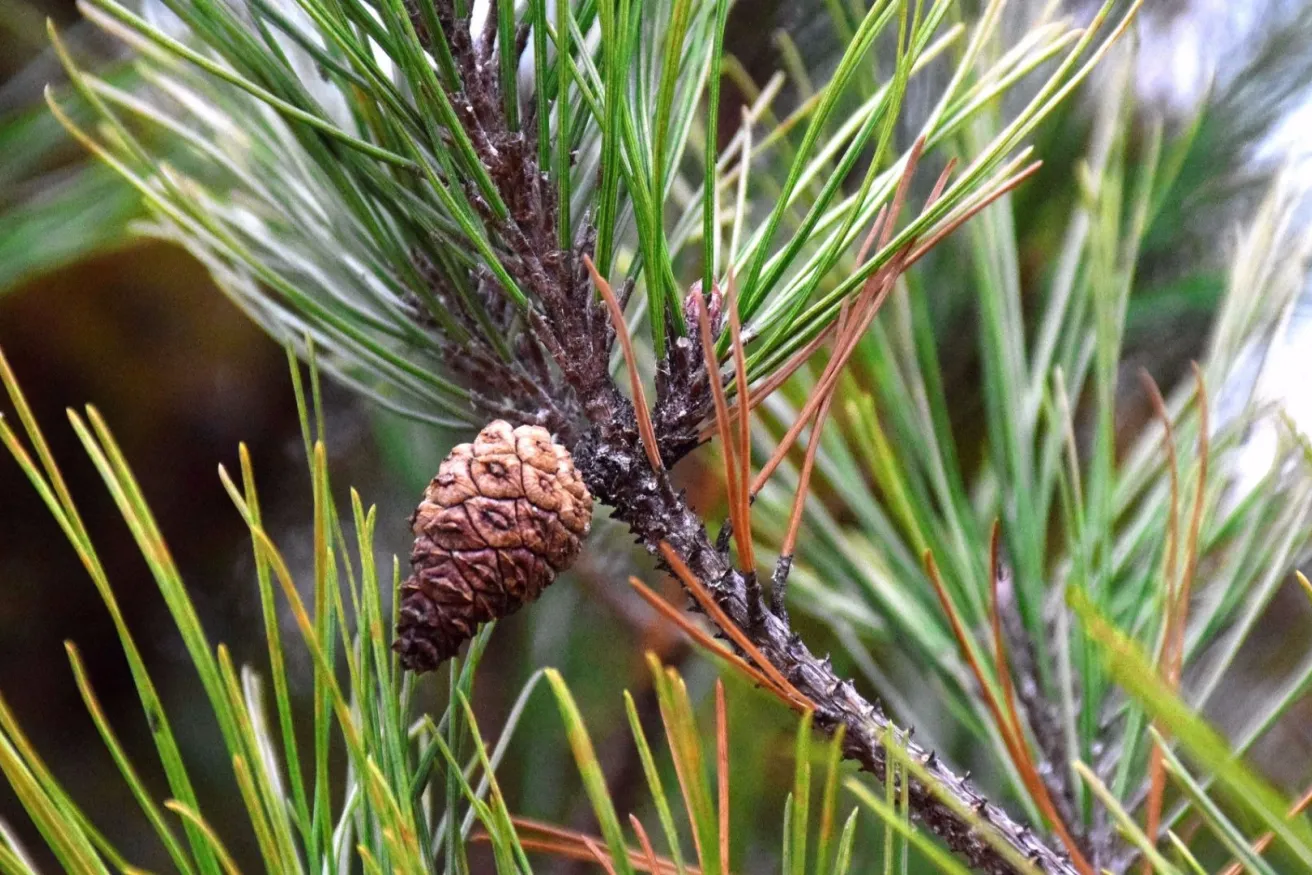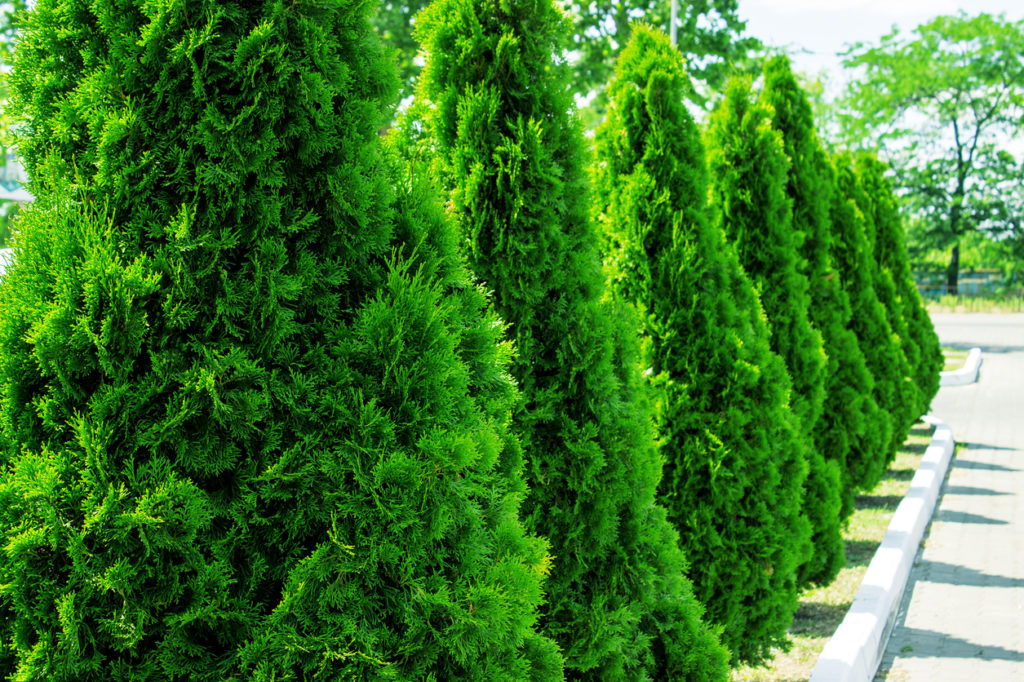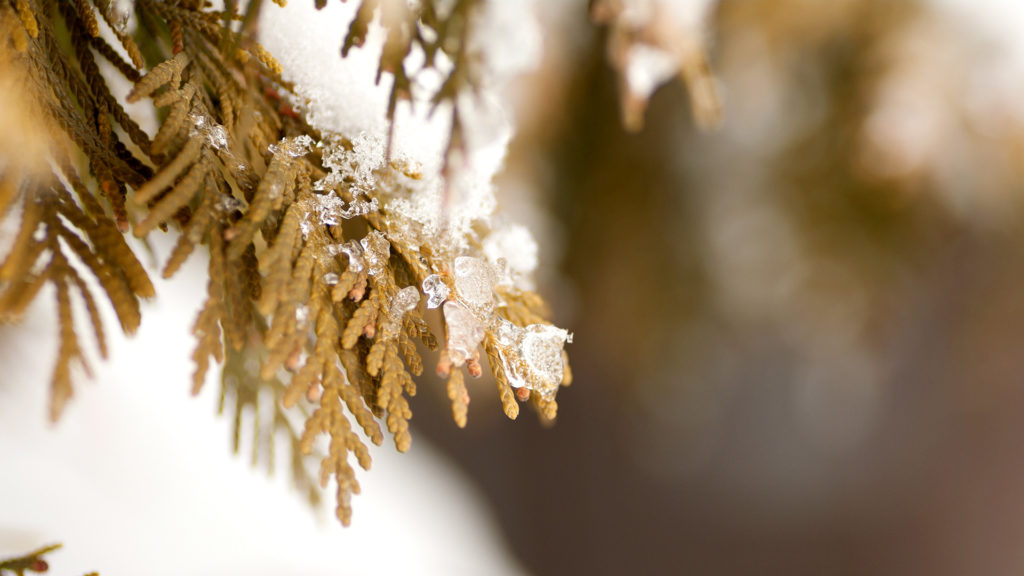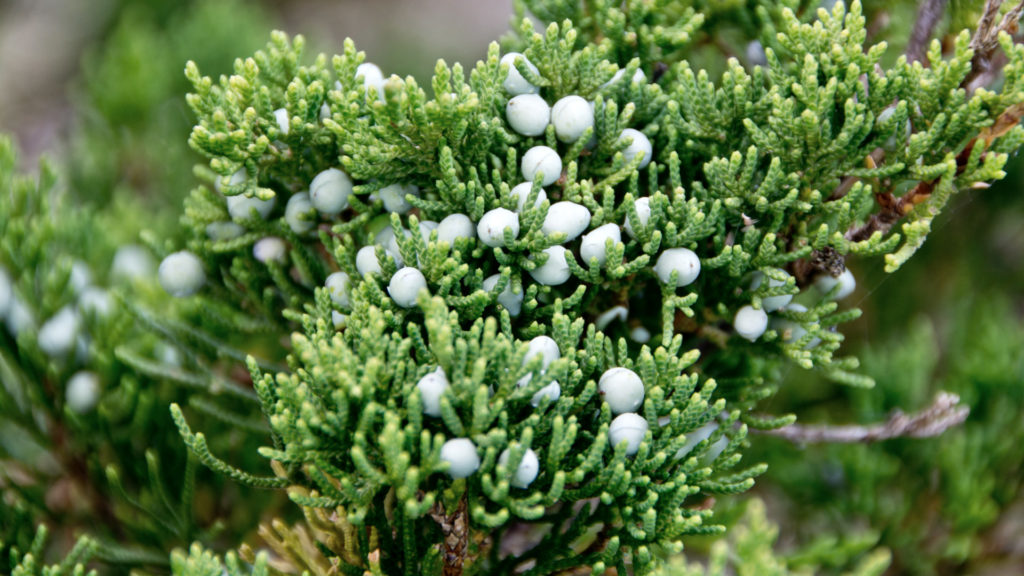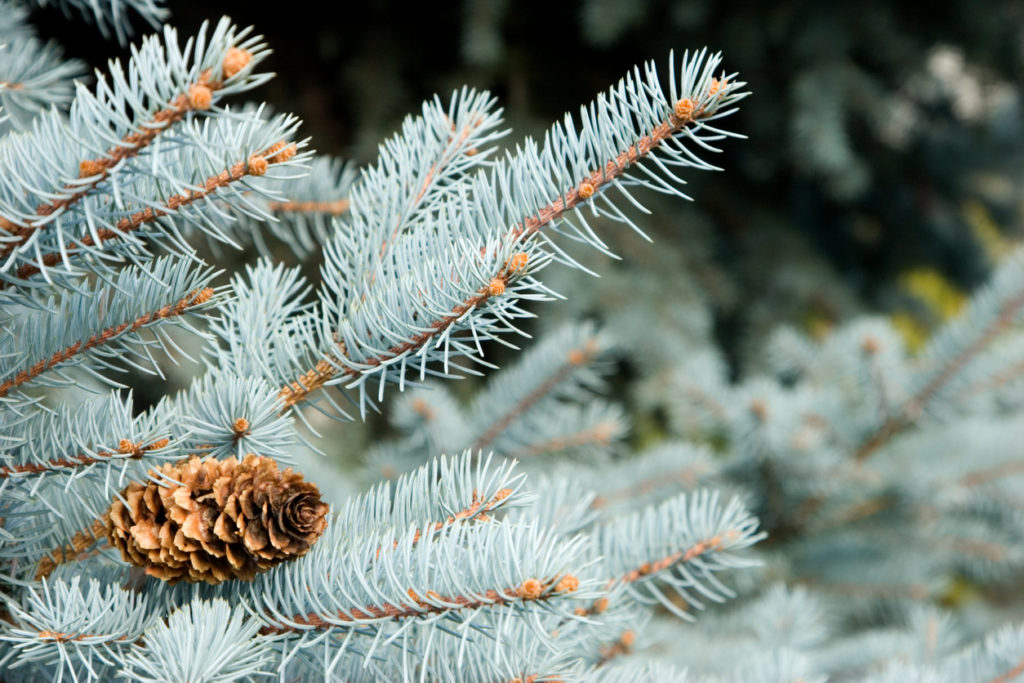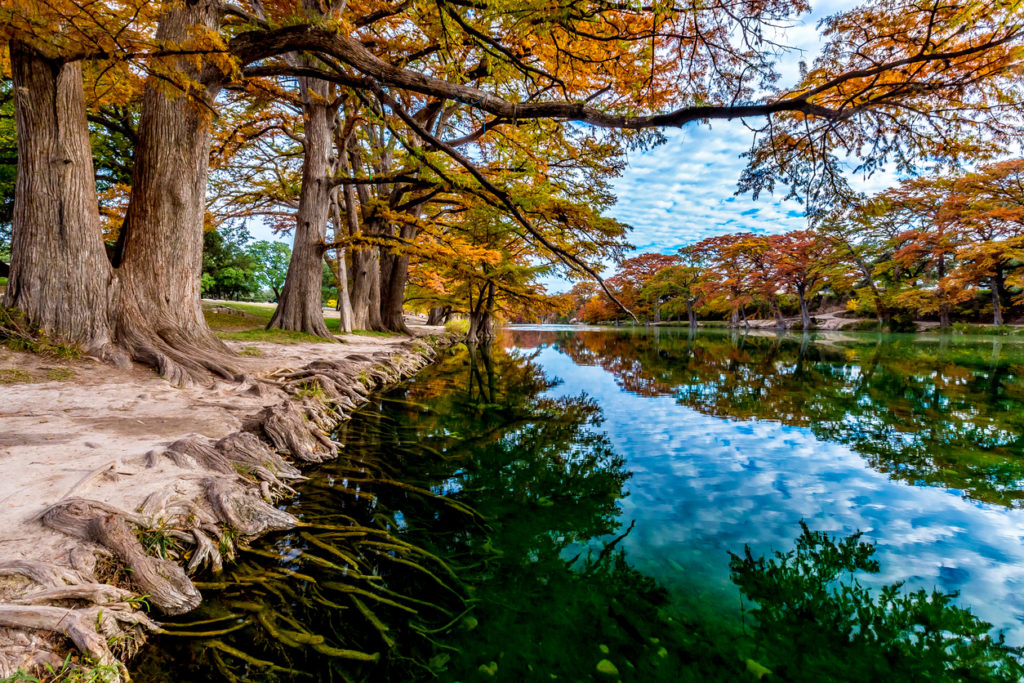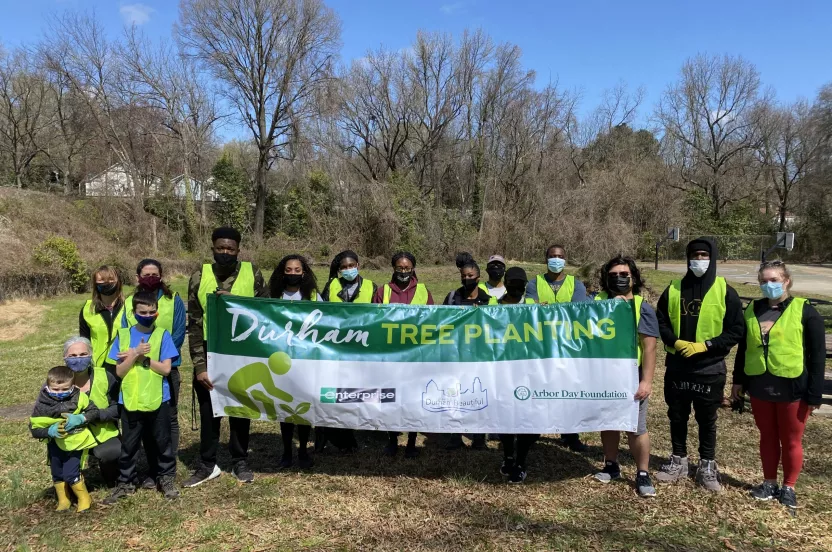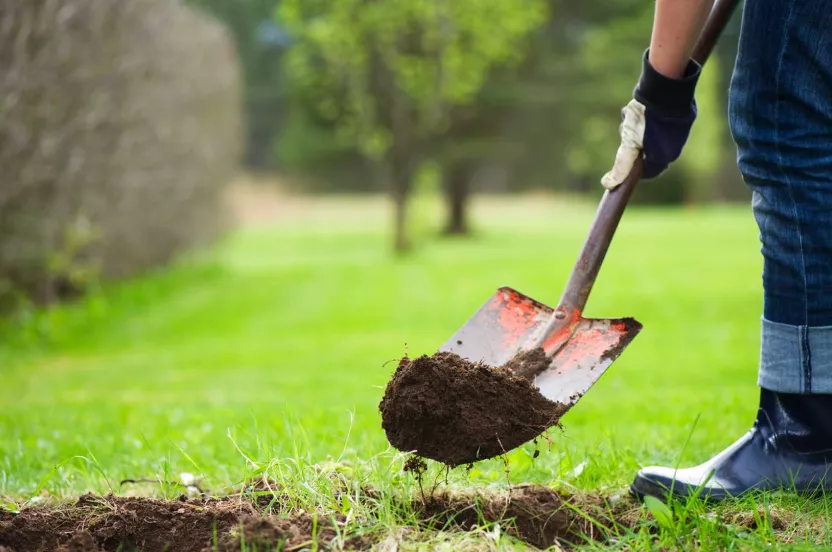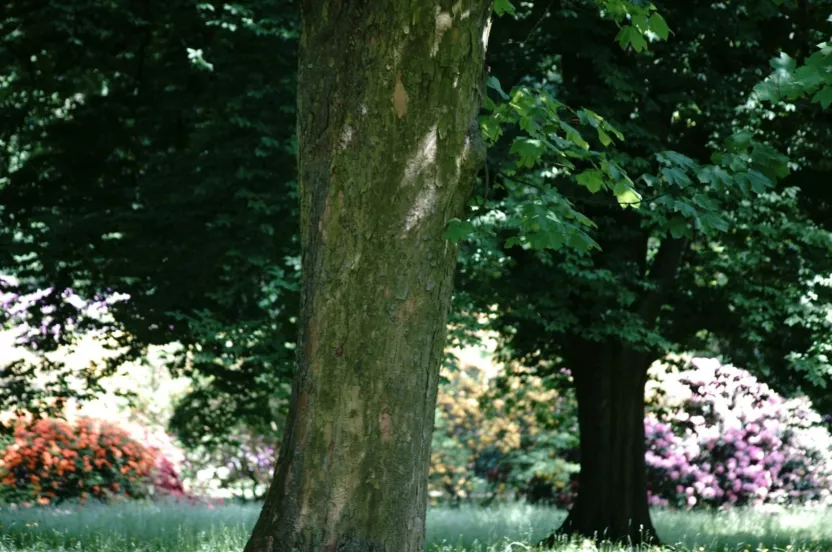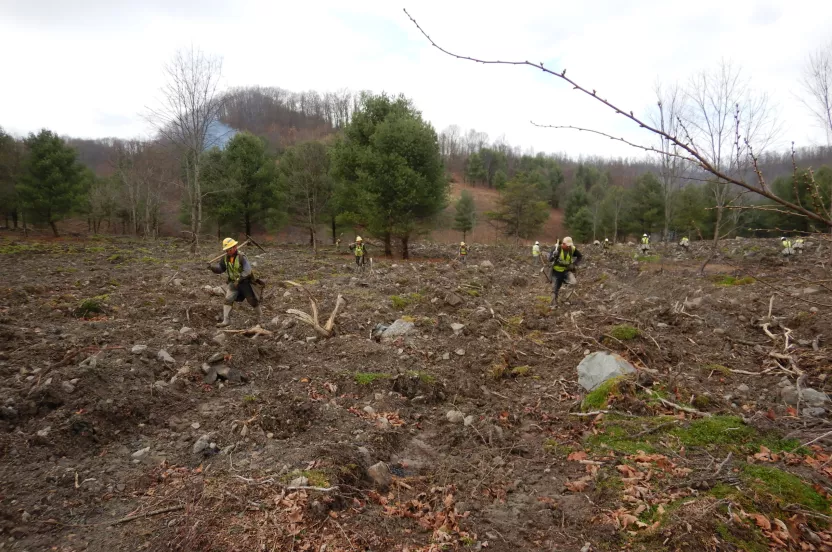The Arbor Day Foundation is pledging 10 million trees to areas impacted by hurricanes Helene, Milton Help us replant
Evergreen trees offer numerous benefits when strategically planted around your home. They provide year-round color in the winter when other trees are bare. Additionally, evergreens can be used as a living snow fence, keeping cold winds out which results in lower energy costs.
Here are the top 5 evergreen trees sold through the Arbor Day Tree Nursery.
Watch Ask an Arborist: Why Should I Plant Evergreens?
- Green Giant Arborvitae (Thuja standishii x plicata 'Green Giant')
The green giant arborvitae is a large, vigorous, fast-growing evergreen—shooting up by as much as 3' per year until maturity. Its natural pyramidal to conical form boasts dense, rich green foliage that darkens or bronzes slightly in the winter.
This is an exceptional landscape tree for use as a screen, hedge or single specimen. It is also resistant to wind once established and can withstand heavy ice or snow, making it a good choice for a natural windbreak.
2. American Arborvitae (Thuja occidentalis)
This native evergreen is a hard-working, versatile specimen. The narrow, pyramid shape makes it a natural choice for windbreaks. It requires almost no care when used as a hedge or screen. Pairs of these hardy trees make great accents for doors and garden gates. And single trees soften house corners.
Tall and elegant, the American arborvitae may be the right solution to your landscaping challenges.
3. Eastern Redcedar (Juniperus virginiana)
The eastern redcedar tree is a common sight throughout most of the plains states and eastern United States on road cuts, in fence rows and scattered across abandoned fields—especially where limestone soils are present. It is an aromatic tree, with reddish wood giving off the scent of cedar chests and crushed fruit providing a whiff of the gin they once flavored.
Thanks to its tolerance of heat, salt, a wide range of soils and other adverse conditions, the eastern redcedar can be put to good use on the farm in windbreaks and in city landscapes for hedges, screens, clumps or even as specimen trees.
4. Colorado Blue Spruce (Picea pungens)
One of our most popular ornamental conifers, the Colorado blue spruce (or simply, blue spruce) is a truly magnificent sight. Perhaps Donald Culrose Peattie described it best in A Natural History of Western Trees. "This insistently pretty tree displays its charms of tier on tier of branches graduated in perfect symmetry from the longest boughs that sweep the ground to the slender but strong top."
Its silvery blue-green coloring and perfect Christmas tree shape make this tree a great landscaping focal point on commercial and residential properties. It is also widely used for privacy or a windbreak.
5. Baldcypress (Taxodium distichum)
The baldcypress tree is the classic tree of southern swamps. There, in its native habitat, it displays a peculiar habit of raising conical "knees" from its roots. The function of these growths is something of a mystery, although some believe it is a way to help the roots get oxygen. This tree dwells in swamps because it out-competes most other trees on such sites.
To the surprise of some people, the baldcypress does quite well when planted in the right soil in yards or along streets and is a beautiful specimen tree. It has been grown successfully in cities as far north as Milwaukee and on dry Texas hills.

